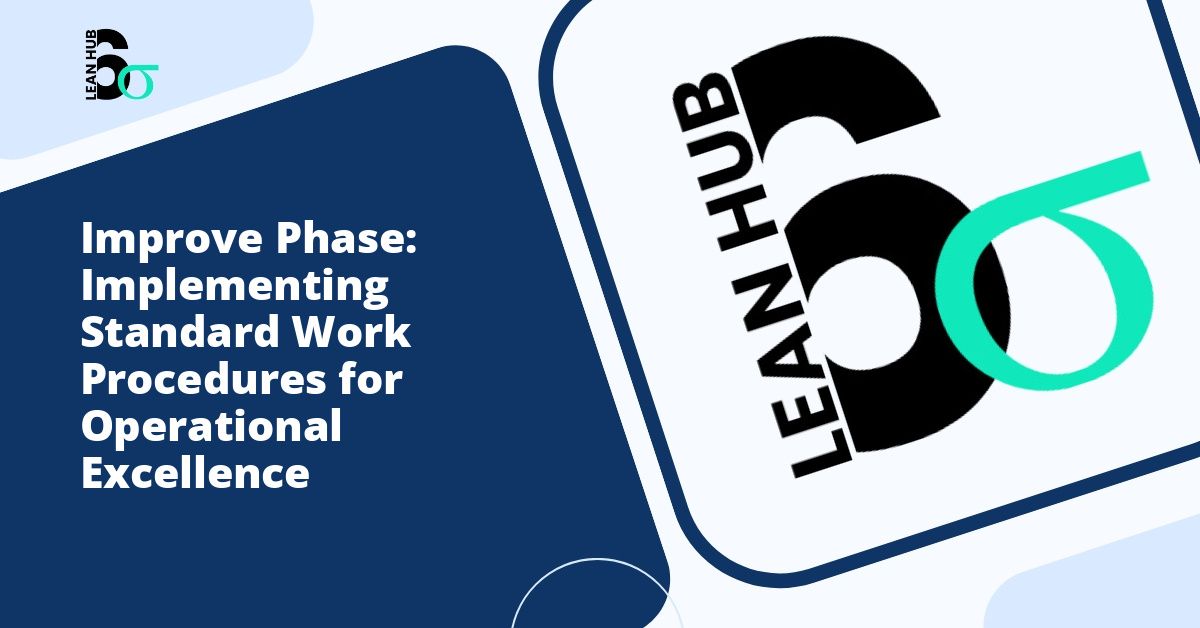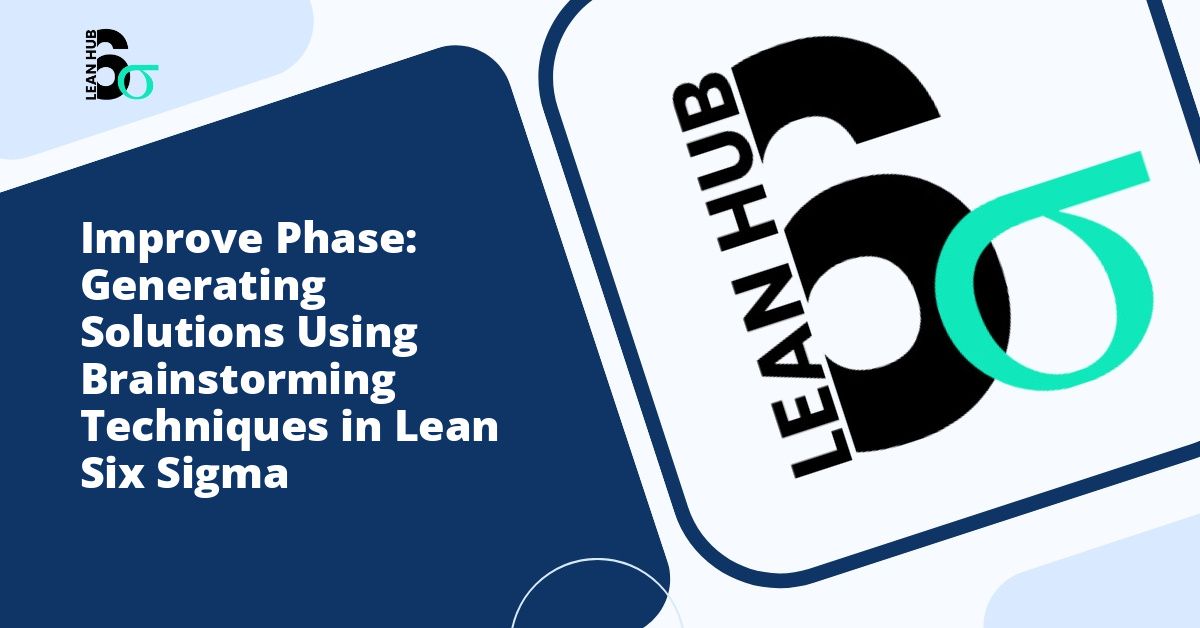In today’s competitive business environment, organizations constantly seek methods to enhance productivity, reduce waste, and create safer work environments. The 5S methodology stands as one of the most effective workplace organization systems, originating from Japanese manufacturing practices and now adopted globally across various industries. This comprehensive guide will walk you through implementing 5S in your workplace to achieve maximum efficiency and sustainable improvements.
Understanding the 5S Methodology
The 5S system comprises five Japanese terms that form the foundation of workplace organization: Seiri (Sort), Seiton (Set in Order), Seiso (Shine), Seiketsu (Standardize), and Shitsuke (Sustain). This methodology integrates seamlessly with lean six sigma principles, focusing on eliminating waste and optimizing processes to create value for customers while maintaining high quality standards. You might also enjoy reading about How to Generate Improvement Solutions: Brainstorming Techniques for Six Sigma Teams.
When properly implemented, 5S transforms chaotic workspaces into organized, efficient environments where employees can perform their duties with minimal obstacles. The methodology transcends simple housekeeping; it represents a fundamental shift in organizational culture that promotes continuous improvement and employee engagement. You might also enjoy reading about Pilot Testing in Six Sigma: How to Test Solutions Before Full Implementation.
The First S: Sort (Seiri)
The sorting phase initiates the 5S journey by requiring teams to distinguish between necessary and unnecessary items in the workplace. This critical step demands honest evaluation of every tool, document, piece of equipment, and material present in the work area. You might also enjoy reading about 10 Error-Proofing Techniques You Can Implement Today to Transform Your Operations.
Implementation Steps for Sorting
- Assemble a team of employees who regularly work in the target area
- Conduct a thorough inventory of all items present
- Categorize items based on frequency of use and necessity
- Remove broken, obsolete, or redundant items immediately
- Establish a red tag system for questionable items that require further evaluation
During this phase, organizations often discover significant amounts of unnecessary inventory, outdated equipment, and materials that consume valuable space. By eliminating these items, you create room for essential tools and reduce the time employees spend searching for what they need.
The Second S: Set in Order (Seiton)
After removing unnecessary items, the next phase involves organizing remaining materials in a logical, accessible manner. This step ensures that everything has a designated location and that items are positioned based on frequency of use and workflow requirements.
Best Practices for Setting in Order
- Position frequently used items within easy reach
- Create visual management systems using labels, color coding, and floor markings
- Design storage solutions that facilitate quick retrieval and return
- Arrange tools and materials to support natural workflow patterns
- Implement shadow boards for tools to immediately identify missing items
The set in order phase significantly reduces wasted motion and search time. When employees know exactly where to find what they need, productivity increases naturally. This organization also makes it immediately apparent when items are missing or out of place.
The Third S: Shine (Seiso)
Shine goes beyond simple cleaning to establish a culture of maintenance and inspection. Regular cleaning activities enable employees to identify potential problems such as leaks, cracks, loose connections, or wear before they escalate into serious issues.
Developing an Effective Shine Program
Create detailed cleaning schedules that assign specific responsibilities to team members. These schedules should specify what needs cleaning, who performs the task, when it occurs, and what standards must be met. During cleaning activities, employees should inspect equipment and report any abnormalities immediately.
The shine phase also contributes to workplace safety by eliminating slip hazards, ensuring proper lighting, and maintaining clear pathways. A clean work environment boosts employee morale and demonstrates professional standards to visitors and customers.
The Fourth S: Standardize (Seiketsu)
Standardization ensures that the first three S activities become routine rather than one-time events. This phase involves creating procedures, checklists, and visual controls that make maintaining organization effortless and consistent across the entire organization.
Creating Effective Standards
- Develop clear, visual work instructions that anyone can follow
- Photograph ideal conditions to serve as comparison references
- Create audit checklists to verify compliance with established standards
- Establish regular review meetings to discuss 5S performance
- Designate 5S champions who promote and monitor adherence to standards
Within lean six sigma frameworks, standardization represents a critical control mechanism that prevents regression to previous states. When standards are clear and visual, deviations become immediately apparent, allowing for quick corrective action.
The Fifth S: Sustain (Shitsuke)
Sustaining improvements poses the greatest challenge in 5S implementation. This phase requires developing discipline and commitment throughout the organization to maintain the standards established in previous phases. Without sustained effort, workplaces inevitably drift back toward disorder.
Strategies for Sustaining 5S
- Conduct regular 5S audits and share results transparently
- Recognize and reward teams that maintain excellent 5S practices
- Incorporate 5S expectations into performance evaluations
- Provide ongoing training for new employees and refresher courses for existing staff
- Encourage employee suggestions for improving 5S processes
Leadership commitment proves essential for sustaining 5S initiatives. When managers actively participate in 5S activities and hold themselves accountable to the same standards, employees recognize the genuine organizational commitment to continuous improvement.
The Recognize Phase in 5S Implementation
Some practitioners incorporate an additional recognize phase into the 5S methodology, acknowledging that understanding current conditions forms the foundation for meaningful improvement. This preliminary step involves thoroughly assessing the existing workplace situation before implementing changes.
During the recognize phase, teams document current layouts, workflows, and challenges through photographs, process maps, and employee interviews. This baseline assessment helps measure improvement progress and ensures that 5S implementation addresses actual workplace needs rather than perceived problems.
The recognize phase also builds employee buy-in by involving them in identifying issues and developing solutions. When workers participate in recognizing problems, they become invested in implementing and sustaining improvements.
Measuring 5S Success
Effective 5S implementation requires establishing metrics to evaluate progress and identify areas needing improvement. Consider tracking the following indicators:
- Time spent searching for tools and materials
- Workplace safety incidents and near misses
- Space utilization efficiency
- Employee satisfaction scores
- Audit scores from regular 5S assessments
- Customer feedback regarding facility appearance and organization
Regular measurement and reporting keep 5S initiatives visible and demonstrate the tangible benefits of maintaining organized workplaces. Share success stories and improvements throughout the organization to build momentum and encourage continued participation.
Common Challenges and Solutions
Organizations implementing 5S often encounter resistance from employees comfortable with existing conditions. Address this challenge through clear communication about benefits, involving employees in decision-making, and demonstrating leadership commitment through active participation.
Another common obstacle involves maintaining momentum after initial enthusiasm wanes. Combat this by establishing 5S as a regular part of work routines rather than special projects, incorporating 5S activities into daily schedules, and celebrating incremental improvements consistently.
Conclusion
The 5S methodology provides a proven framework for transforming workplaces into efficient, safe, and productive environments. By systematically sorting, setting in order, shining, standardizing, and sustaining improvements, organizations create foundations for continuous improvement that complement broader lean six sigma initiatives. Success requires commitment from all organizational levels, consistent application of principles, and recognition that 5S represents an ongoing journey rather than a destination. Begin your 5S implementation today and experience the profound impact that workplace organization has on efficiency, safety, and employee satisfaction.








